What Animal Has Killed the Most Humans in the World? You Won't Believe Who Comes in Second!
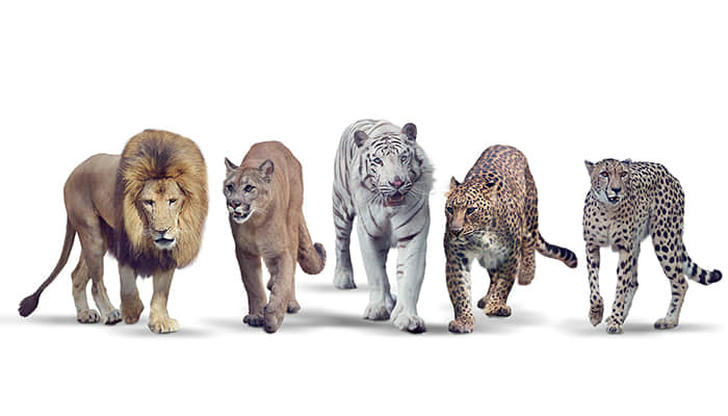
Do you know which animals are responsible for the most human deaths in the world? If you think it's lions, tigers, or sharks – the big predators – you're mistaken. Surprisingly, these fearsome animals are not the ones responsible for the most human fatalities each year. Instead, it's the seemingly inconspicuous, common, and frequently encountered small animals or insects that are the true "killers."
Among them, the top-ranked species has caused a staggering 720,000 human deaths. This number is twice the entire population of small countries like Iceland, making it more terrifying than the majority of weapons developed by humans.
Despite the advancements in human civilization and technology, many times, we are unwittingly targeted by seemingly insignificant small animals. Today, we've summarized these animals to emphasize the importance of not underestimating them.
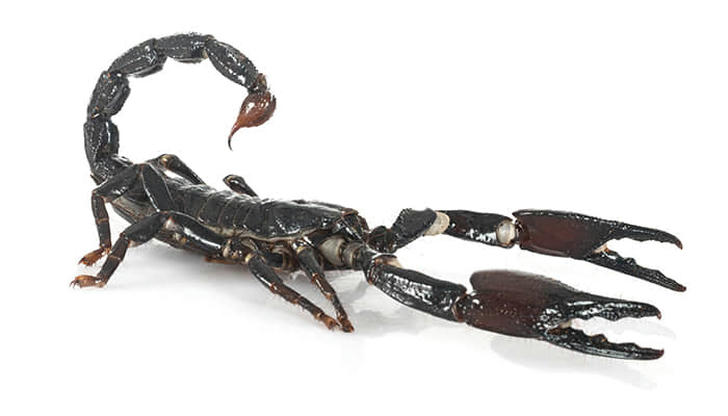
8. Scorpions
Scorpions, creatures hundreds of times smaller than humans, are responsible for over 5,000 deaths annually. If there are no scorpions in your city, count yourself lucky. In Mexico alone, over 1,000 people lose their lives each year due to scorpion stings and the venom they carry.
With their complex neurotoxins, scorpions encompass various species, with 25 capable of inflicting fatal harm to humans. Among them, the Israeli deathstalker stands out as the most potent, both in size and the potency of its neurotoxic venom, making it extremely perilous.
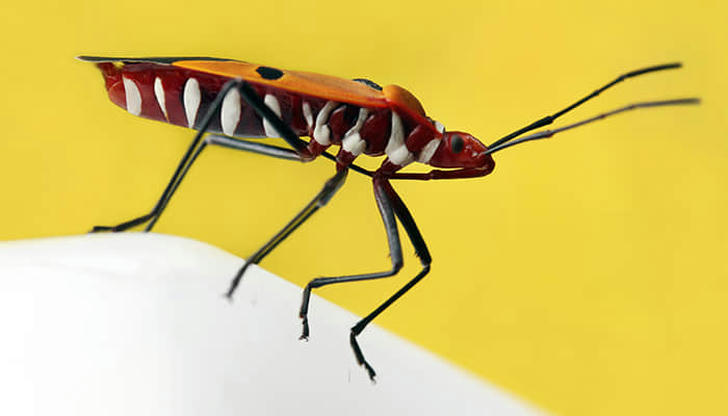
7. Assassin Bugs
Thriving in dirty and cluttered environments, assassin bugs claim over 10,000 lives annually. Assassin bugs primarily feed on the blood of vertebrates, earning them the moniker "blood-sucking bugs."
Their bites are painless during feeding, but hours later, victims experience excruciating pain akin to that of a wasp sting.
These bugs don't limit themselves to human blood. They'll feast on poultry, swifts, bats, and more, making them carriers of parasites and highly dangerous. A bite from them can lead to organ failure, making them ubiquitous public health pests worldwide.

6. Dogs
Yes, you read that right - our faithful companions, dogs. With over 50,000 deaths attributed to them annually, dogs, unlike large predators, aren't particularly fierce, and most aren't as large as humans. However, they are the primary carriers of rabies, and the rabies fatality rate is astonishingly high.
According to data from the World Health Organization, approximately 99% of rabies cases stem from dogs, resulting in around 50,000 deaths each year. Moreover, 95% of these cases occur in impoverished areas in Asia and Africa, with India alone accounting for over a third. Currently, once rabies infects a human, the fatality rate is 100%.
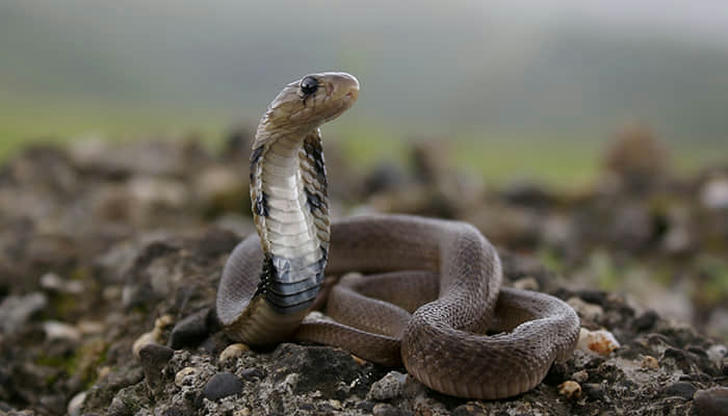
5. Snakes
Every year, approximately 80,000 to 130,000 people succumb to snake bites. Data reveals that India, at one point, witnessed up to 60,000 deaths annually due to snake bites, representing half of the global snake-related fatalities.
Of course, India's remarkably high snakebite mortality rate is linked to a folk remedy prevalent in the country. In the eyes of many Indians, magical cow dung cures all ailments. Drinking a cup of hot cow dung for a cold or applying fresh cow dung to wounds for infection are common practices. Imagine the outcome if such methods were applied to snake venom – survival would indeed be a miracle.
According to data from the World Health Organization, approximately 5.4 million snakebites occur worldwide each year, resulting in 81,000 to 137,000 deaths. Moreover, there are up to three times as many people who suffer from sequelae such as amputations or disabilities.
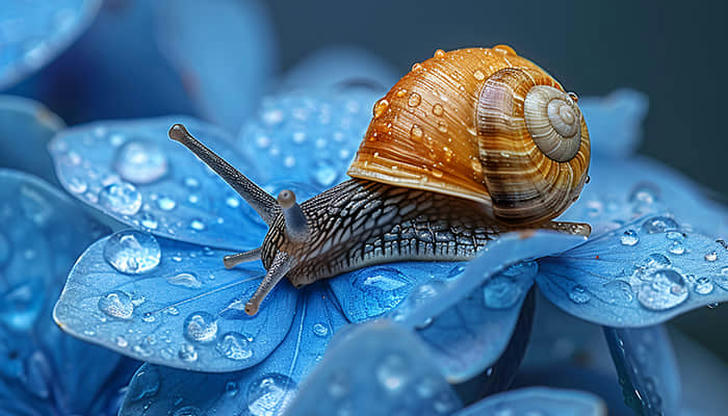
4. Freshwater Snails
When it comes to danger, people understand the risks associated with venomous snakes, but what about snails? Many find it perplexing. However, it's startling to learn that over 200,000 people die annually due to freshwater snails. This number surpasses deaths caused by crocodiles by tenfold, lions by a hundredfold, and sharks by a thousandfold, making them much more perilous than traditionally perceived dangerous animals. Moreover, freshwater snails inhabit a wide range of habitats, making their presence possible anywhere.
However, it's important to note that freshwater snails themselves are not inherently dangerous. The real danger lies in the parasites harbored within them, specifically blood flukes. After laying eggs in water, blood flukes develop into larvae, which typically reside underwater. Given the right opportunity, they can enter the human body through the skin and bloodstream, leading to schistosomiasis.
Initially, there's an incubation period of several days after infection, followed by reproduction, spreading throughout various organs. Subsequently, they invade the central nervous system, causing a series of symptoms and eventual organ degeneration and death.
Moreover, schistosomiasis can be contracted not only through freshwater snails but also by consuming untreated water from natural rivers and streams.
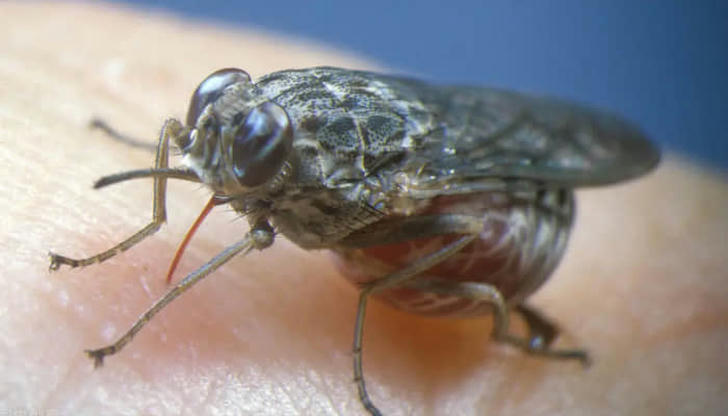
3. Tsetse flies
Tsetse flies are blood-sucking insects found in Africa, known for feeding on humans, livestock, and wildlife. Despite their small size, they carry a significant number of Trypanosoma brucei within their bodies, with high infectivity rates. Due to the relatively underdeveloped conditions in Africa, where bacterial infections are prevalent, several hundred thousand people are harmed by tsetse flies each year.
Once infected by the bacteria carried by tsetse flies, severe damage to the central nervous and lymphatic systems occurs in humans. Without prompt treatment, fatalities are common. The peak impact of tsetse flies annually affects up to 500,000 people, with an 80% mortality rate.

2. Humans
Statistically, approximately 475,000 deaths occur annually due to human actions, encompassing homicides worldwide. When factoring in factors such as traffic accidents, and wars, including the two world wars of the last century, human-on-human violence alone has led to the deaths of at least 70 million people. Additionally, there are 1.35 million deaths annually from traffic accidents and 800,000 suicides.
Furthermore, with contemporary human-induced environmental destruction, the catastrophic harm caused by humans is immeasurable. Therefore, humans are arguably one of the most dangerous animals on the planet.
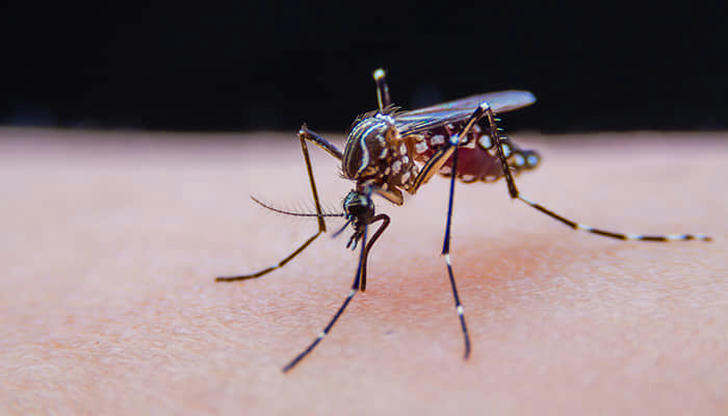
1. Mosquitoes
Unlike humans, mosquitoes are not at the top of the food chain. However, despite their tiny size, they are responsible for approximately 725,000 deaths annually.
Mosquitoes inhabit most corners of the Earth, outnumbering ants and termites during their breeding season, making them the most numerous species on the planet.
Female mosquitoes feed on human and animal blood for reproduction, making them vectors for spreading parasites. The pathogens and parasites they carry can be transmitted across multiple species. Moreover, mosquitoes can transmit over 80 diseases to humans, including dengue fever, yellow fever, and malaria, with high mortality rates.
According to data released by the World Health Organization, over 725,000 people die annually from diseases spread by mosquitoes worldwide. Unfortunately, to this day, there is no effective method for controlling mosquitoes, nor are there vaccines available to prevent mosquito-borne diseases.
Conclusion
Many of the most dangerous animals on Earth do not possess inherently lethal capabilities themselves. Instead, it's the pathogens they inadvertently spread that pose the greatest danger.
